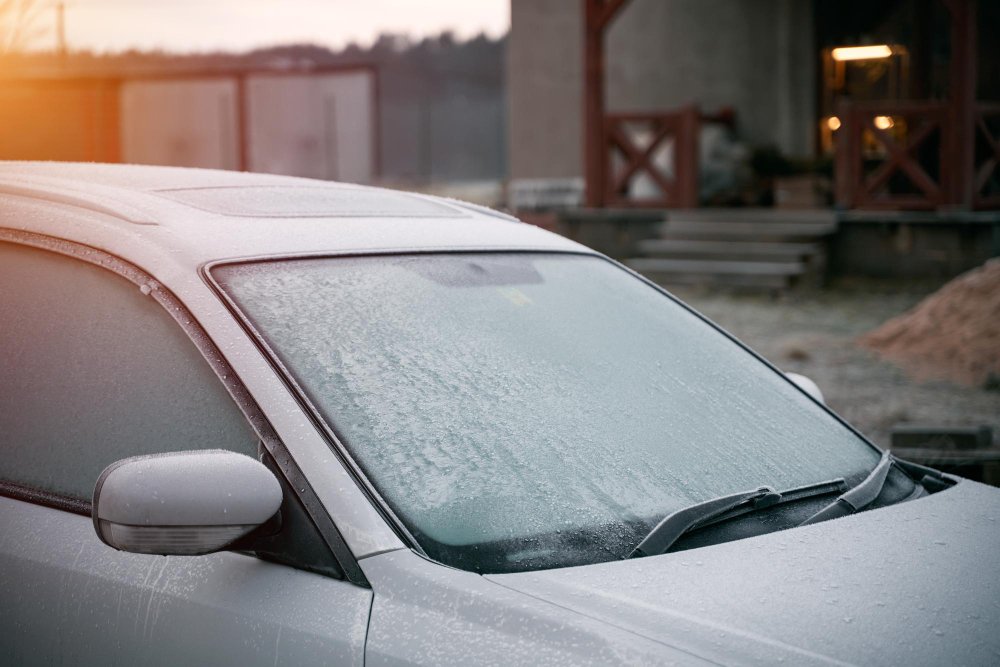Discover the Conveniences of UV Defense with Vehicle Window Tinting
Discover the Conveniences of UV Defense with Vehicle Window Tinting
Blog Article
Window Tinting Laws and Guidelines: What You Need to Know Prior To Tinting Your Auto
Before continuing with window tinting for your car, it is essential to acquaint yourself with the varied regulations and guidelines that regulate this technique across different states. These policies dictate the permitted levels of color darkness, usually determined by visible light transmission (VLT) portions, and include specific terms for front windscreens intended at making sure road safety and security.
Introduction of Home Window Tinting Regulations
Window tinting legislations are frequently subject to variant throughout various territories, reflecting regional laws and safety and security factors to consider. These laws dictate the allowable degrees of color darkness and reflectiveness on vehicle home windows, guaranteeing that motorists keep ample presence while also safeguarding versus unsafe UV rays and warm.
Most policies categorize window tinting based upon the Visible Light Transmission (VLT) percentage, which suggests the amount of light that can travel through the home window. Usually, reduced VLT percentages indicate darker colors. Legislations often separate between the front, side, and rear home windows, with stricter restrictions put on the front windshield to improve safety for both the chauffeur and various other roadway customers.
Conformity with home window tinting guidelines is vital, as violations can result in penalties, obligatory elimination of the tint, and potential rises in insurance coverage premiums. It is essential for vehicle proprietors to familiarize themselves with regional laws prior to continuing with window tinting installments.
State-by-State Color Rules
Recognizing the details home window tinting policies in each state is vital for automobile owners looking for to follow the law. Each state in the united state has actually established its very own collection of regulations governing home window tinting, which can differ significantly. These regulations typically determine the permitted degrees of color darkness, the kinds of windows that can be tinted, and any medical exceptions that might use.
For example, states like California have rigid constraints on tint darkness for front windows, while others, such as New Mexico, may enable darker colors. Additionally, particular states mandate specific presence percents for numerous home windows, consisting of the windshield, front side home windows, and back windows. It is important for vehicle owners to familiarize themselves with their state's regulations to prevent prospective penalties or fines.
Additionally, some states might call for a qualification sticker label to be put on colored home windows, suggesting compliance with state legislations. Failure to abide by these policies not just takes the chance of legal effects yet can additionally influence security and visibility while driving. Automobile owners must carry out extensive research or seek advice from neighborhood authorities to make sure full understanding and compliance with state-by-state tint regulations.
Allowed Tint Kinds and levels
Many car proprietors may be surprised to discover that allowed color degrees and types differ widely across various states. Each state has actually developed its own laws concerning the allowable darkness and reflectivity of window tint, commonly determined by Visible Light Transmission (VLT) percentages. VLT describes the quantity of light my link that can travel through the tinted home windows; therefore, a reduced percentage suggests a darker tint.

Furthermore, the kinds of tint materials permitted can vary, with some states forbiding mirror-like or metal surfaces. It is crucial for lorry proprietors to acquaint themselves with their state's details regulations to make certain compliance. Non-compliance can lead to fines, required elimination of the color, or various other lawful effects, making it imperative to understand these regulations prior to continuing with installment.
Medical Exemptions for Tinting
While not all states offer allocations for medical exceptions concerning home window tinting, those that do identify the need for certain individuals to enhance presence and comfort because of medical conditions. Various clinical conditions, such as lupus, skin cancer cells, and specific eye problems, can make individuals specifically conscious sunshine. These people may call for darker tints to safeguard themselves from hazardous UV rays and glow.

It is very important to note that despite a medical exception, there may still be limitations on the degree of tint permitted. Compliance with state regulations makes certain that individuals are both secured and within legal limits. Those considering clinical exemptions should contact their neighborhood Department of Electric motor Cars or equal authority to recognize the treatments and demands needed to obtain an exemption successfully.
Penalties for Non-Compliance
Falling short to comply with window tinting laws can cause significant fines, which differ by state. Police are empowered to release citations for cars that do not follow the specified tinting policies. These fines normally consist of penalties, which can range from moderate quantities to a number of hundred bucks, depending on the intensity of the offense and the state in inquiry.
In some jurisdictions, duplicated offenses might cause escalating fines or additional penalties, such as mandatory court looks. Non-compliance may necessitate the elimination of unlawful tinting, frequently at the owner's expenditure. In severe instances, regular culprits may encounter suspension of their car registration until compliance is achieved.
Additionally, insurance coverage effects might occur from getting numerous citations for home window color offenses. Insurance firms might view such infractions as a sign of riskier behavior, possibly bring about raised costs or problem in protection.
To prevent these penalties, it is critical for lorry owners to familiarize themselves with their neighborhood window tinting legislations and ensure that their automobile complies (Window Tinting). This aggressive approach not just prevents lawful ramifications yet additionally advertises road safety and security
Verdict

A lot of policies categorize home window tinting based on the Visible Light Transmission (VLT) percentage, which indicates the quantity of light that can pass with the home window. Compliance with window tinting guidelines is important, as offenses can result in fines, required removal of the color, and prospective rises in insurance premiums.Comprehending the details window tinting regulations in each state is important for automobile proprietors looking for to abide with the regulation. These regulations typically determine the allowable degrees of color darkness, the kinds of windows that can check this site out be tinted, and any medical exemptions that might apply.
For circumstances, states like The golden state have rigorous restrictions on color darkness for front home windows, while others, such as New Mexico, might enable darker colors.
Report this page